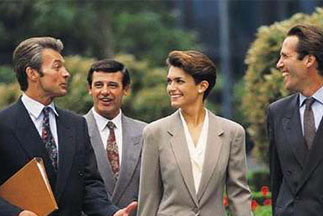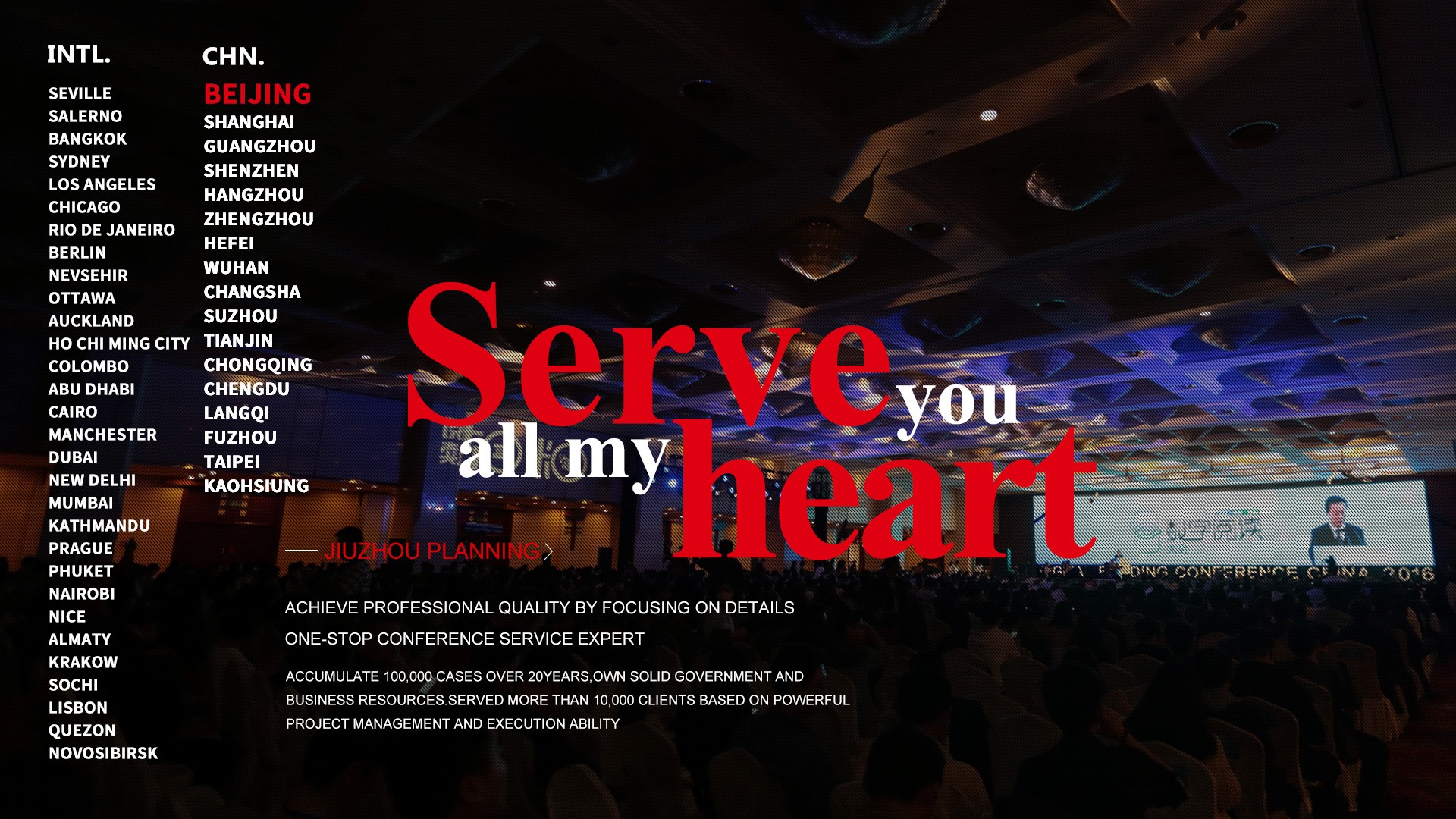
The so-called concierge order refers to the order in which the international conference companies choose the participating groups or individuals according to certain rules and practices. The concierge order reflects the host's courtesy to the guests and the courtesy gives the guests an equal status. Therefore, public relations activities involving multilateral relations in public groups naturally require public relations personnel to arrange in accordance with the order of the concierge. Obviously, this is very important for public relations organizations and the public. Otherwise, it may cause unnecessary disputes and misunderstandings, and cast a shadow over the image of the organization and the public psychology.
The basic content of the protocol order consists of two aspects:
The first aspect is in terms of the position of the object, that is, the size, top and bottom, and front and back of the position itself. Under normal circumstances, the right is the big, the long, the respect, the left is the small, the second, the bias. The two are in the former, the right is the respected, the right is the respect; the three are in the middle, the three are in front and the back, the former is the big; the two sit and the right is the respect; the three sit and the middle is big. When riding a car, the Sayādaw is on the right side of the car, the lower one is on the left side; the second in the car, the middle in the back row
Respected position, the second right, the left side again, the front row driver is the last. But when the owner personally drives, the driver is next to the position. When going upstairs, the former is respected, when going downstairs, especially when the stairs are steep, the honor is behind. When sitting indoors, the seat of the door is respected. However, it is worth reminding that China generally regards the left as the big, the long, the respect, and the right as the small, the second, and the bias. The two are accompanied by the left, and the two are left. In France, taking a small car is the right position in the back row, the left is the second, the median is the smallest. Such special circumstances should be understood and used flexibly.
The second aspect is that in terms of the subject of the position, the international conference is the size of the object. The ranking itself is fixed, but the order of the object is subject to change depending on the content of the event. Finding an object that fits this order for a fixed position also has an objective basis (of course only for each specific PR activity). Generally, there are three methods for ranking the objects in important etiquette occasions:
First, ranked by the level of identity and position. This is the main basis for the arrangement of the protocol. For the first-level organization, the general manager is naturally listed before the deputy general manager. However, the facts are often much more complicated. For example, the department manager of the superior organization in the same system is in a level relationship with the general manager of the subordinate organization; although the level of the different systems is poor, the age, qualifications, and popularity are quite different; There may be a level difference, but there is a significant difference in the influence of each particular activity on a particular activity; although there is a level difference, there is a clear tendency to be close to the owner, and so on. The need for public relations personnel or the arrangement of other concierge sequences, or for the ultimate success of public relations activities, flexible and meticulous co-ordination, must not be dogmatic. As for the true identity and position of the participants, they are generally based on the confirmed materials or the official notice provided by the other party. They cannot rely on subjective impressions or simply rely on the participants' own “declaration”, otherwise errors may cause adverse effects.
Second, they are arranged in alphabetical or stroke order. If the parties or participants of a multilateral event are inconveniently arranged according to their status and position, they may be arranged in alphabetical order or in the order of strokes. This is a method of giving equal opportunities to all parties and individuals. The second is also widely used. In alphabetical order, all participating organizations or individuals are listed alphabetically by their name or combination of names, such as before the Beijing column Shanghai and before Dow Chemical Ltd listed shell chemicalCompany. If the first letter is the same, the second letter, the second letter is the same, the third letter, and so on. Generally, foreign-related public relations activities are arranged in alphabetical order in English, and may be arranged in alphabetical order in other languages such as French and Spanish depending on the specific situation. However, you cannot arrange the alphabetical order of two or more languages at a time. If the parties and members of the event are Chinese, they should generally be arranged in the order of the strokes of the Chinese characters, not in alphabetical order. The arrangement of Chinese stroke sequences is relatively complicated. Generally, the number of strokes of the first word of the organization name or name is arranged in order, such as the word "Ding" and the second word, and the word "Wang" is four strokes before the word "Ding". If the strokes are the same, they can be arranged in order of horizontal, vertical, etc. For example, the words and "肖" are seven, and the first one of " is "horizontal" and "xiao" The first word of the word is “vertical”, so the word “李” is in front of the word ; the first stroke is the same, the second stroke can be followed; and so on. If the strokes are the same, the strokes are the same, then arranged according to the glyph structure, first the left and right structure, then the upper and lower structure, and then the overall structure. If the first words of the two organization names are the same, the second word can be arranged in the same way as above, the second one is the same, the third word, and so on. The names are arranged slightly differently. If the same name is used, it should be preceded by a single name and a double name. Regardless of the number of strokes, the single name is in front of the double name. For example, "Wang Yu" is in front of "Yu Yi Shan", which is the same name. Then, as in the above method, the strokes are first stroked, then the strokes are followed, and the order of the glyph structures is sequentially discharged; the same is the double name, then the first name is followed by the second name, and the arrangement method is still the same as above. Whether in alphabetical order or in the order of strokes, the most important point is that the combination of letters and the names and names of the words cannot be mistyped.
Third, they are arranged in order of notification and arrival time. This arrangement is more common in the ranking of groups. It is often arranged according to the date of the dispatching party's notification of the delegation. It is arranged according to the time of arrival of the delegation, and the three methods are arranged according to the dispatcher's decision on the time of the invitation to send the delegation to participate in the event.
Of course, in most cases where the above three arrangement methods are not mutually exclusive, the ranking of the public relations activities is the cross combination of the three arrangement methods. If there is a difference in identity level, firstly according to the identity and position size, the identity level is the same, according to the notification and arrival time (in the case of group ranking), the same level receives the same notice or the same date. Arrived in alphabetical order and stroke order. The best international conference company in the country is not enough. It also considers factors such as age, qualifications, prestige, affinity, language similarities, religious beliefs, customs, and business nature. This requires public relations personnel to proceed from the principle of facilitating the implementation of public relations objectives and apply certain skills to make the rational and orderly arrangement of the protocol order an important basis for the sound development of public relations activities.
Website:http://www.jiuzhouplanning.com/EN/
Free Hotline: 400-819-1976
Mobile: +8613911354921
